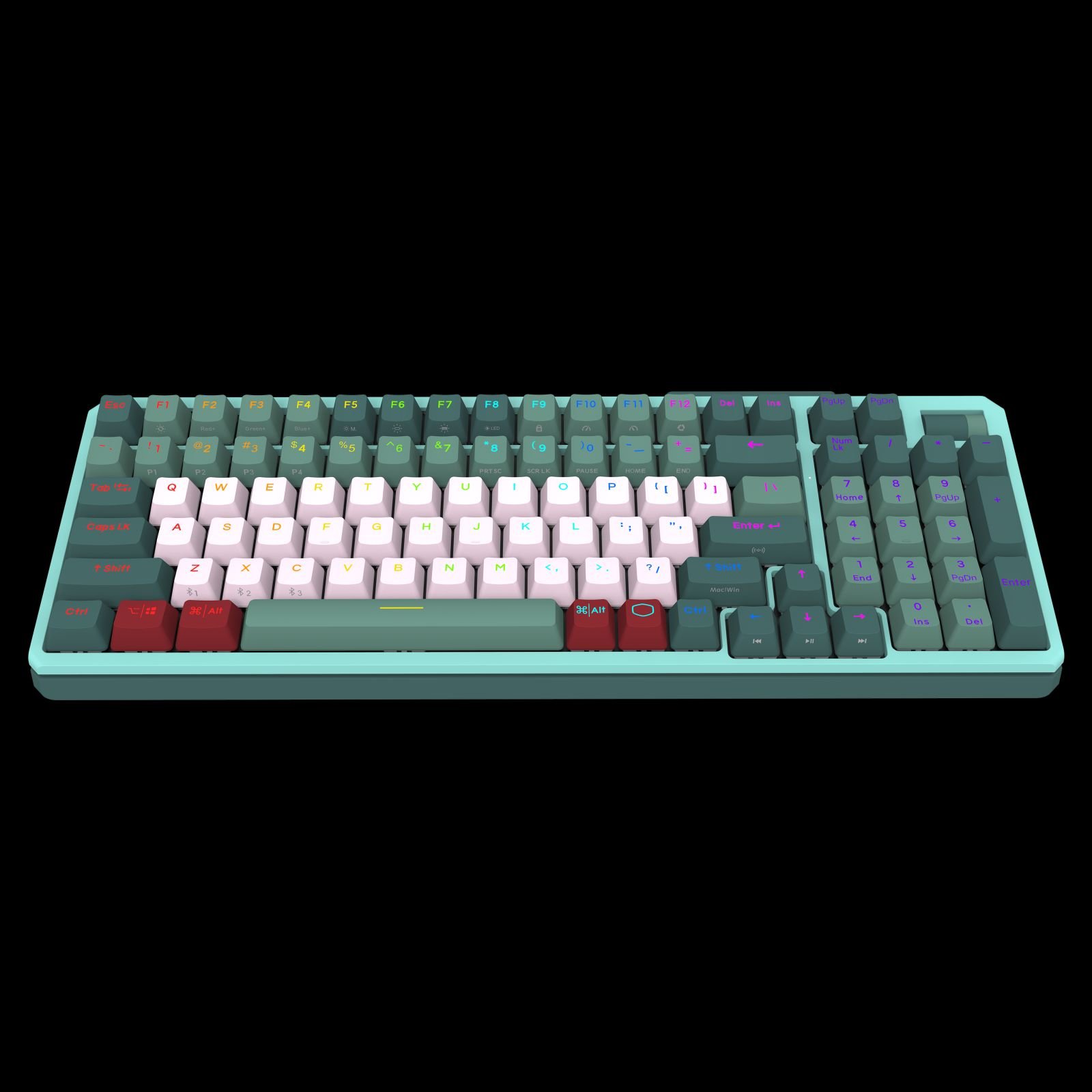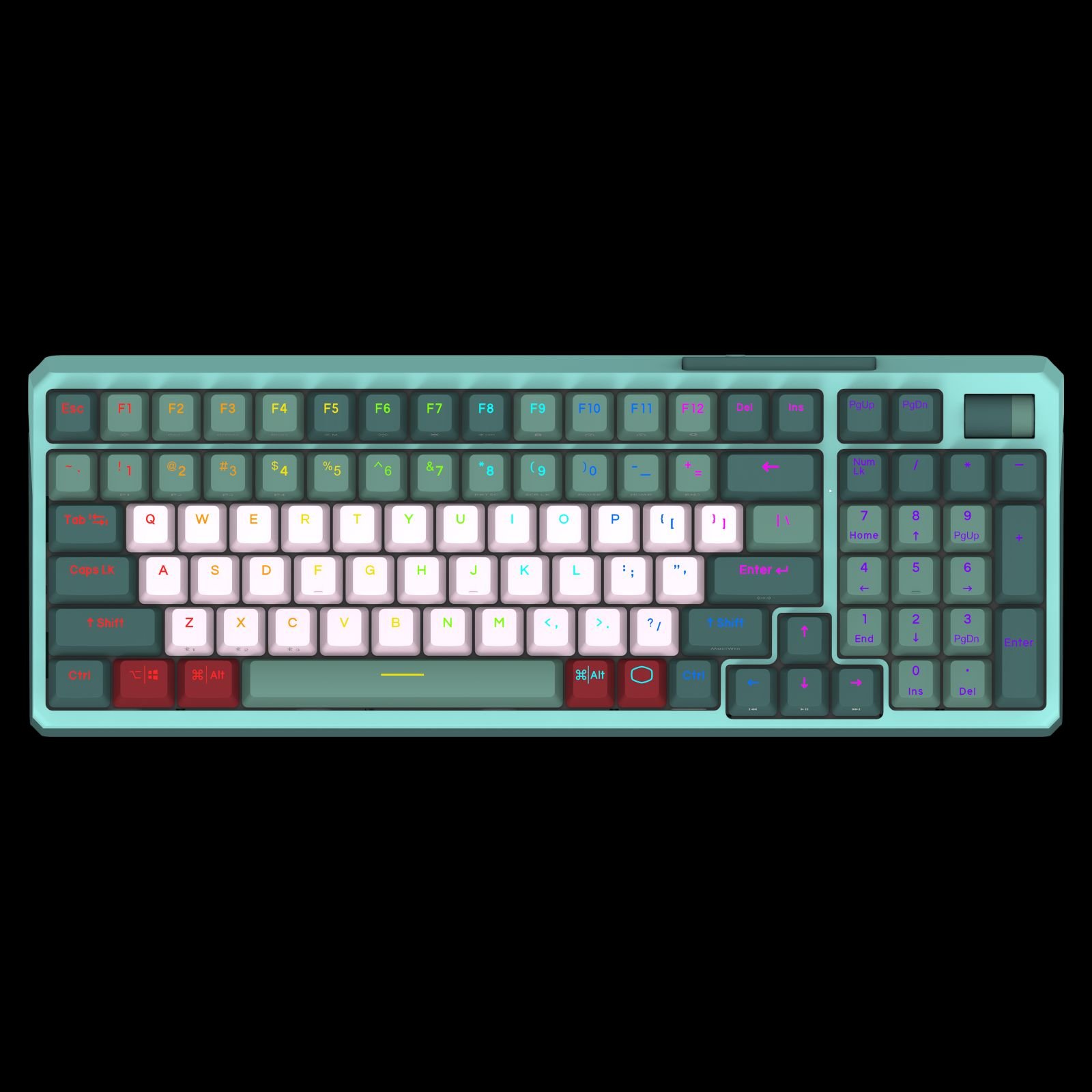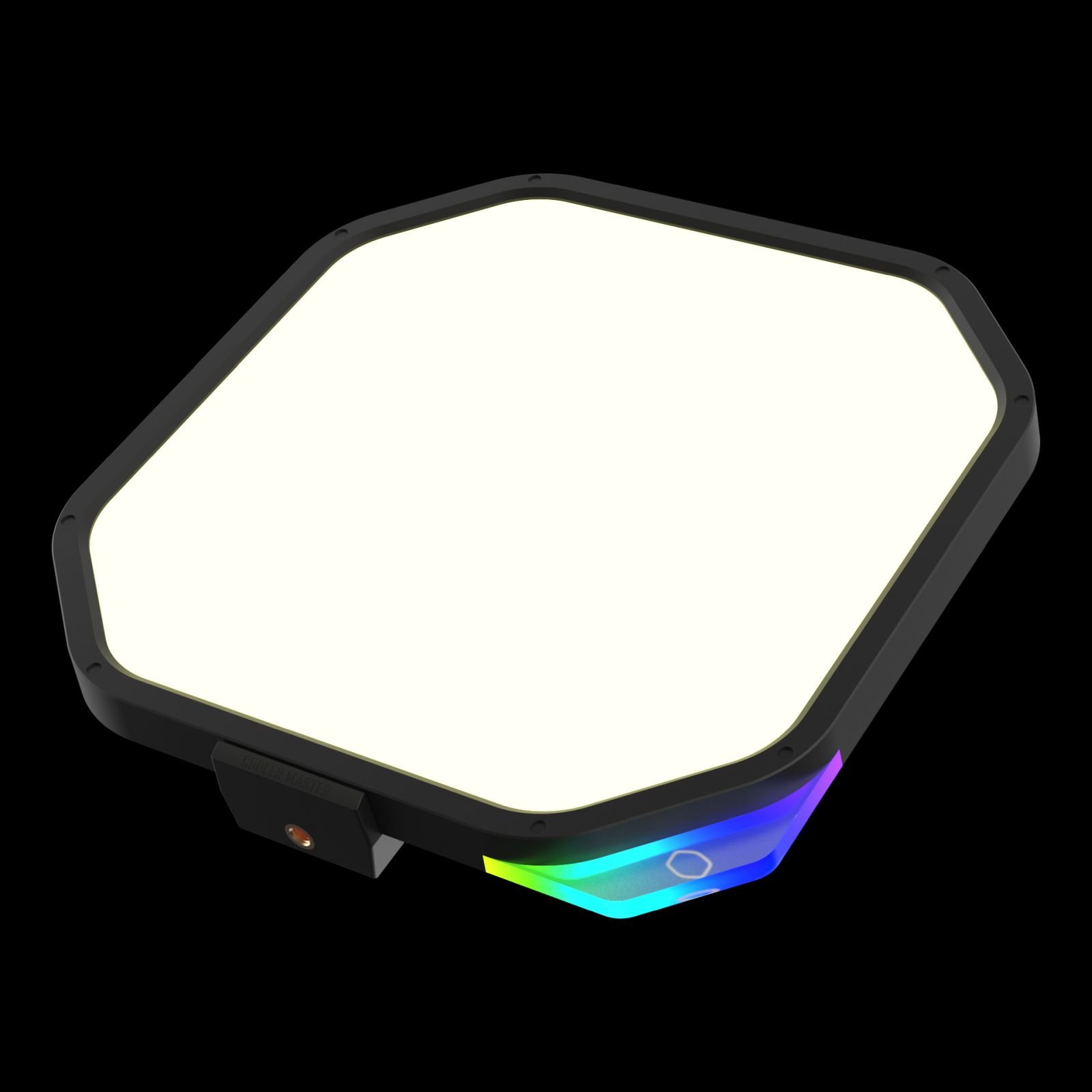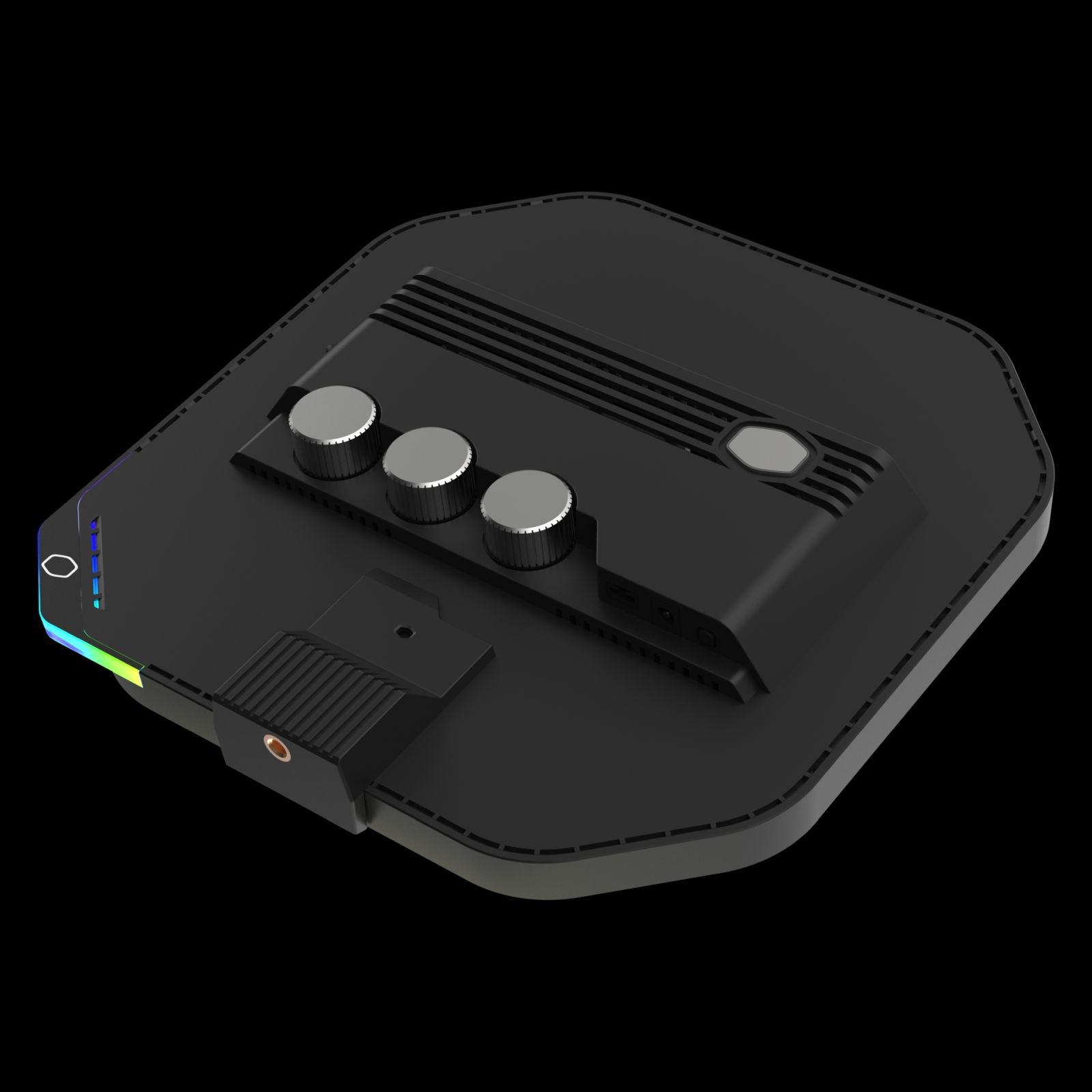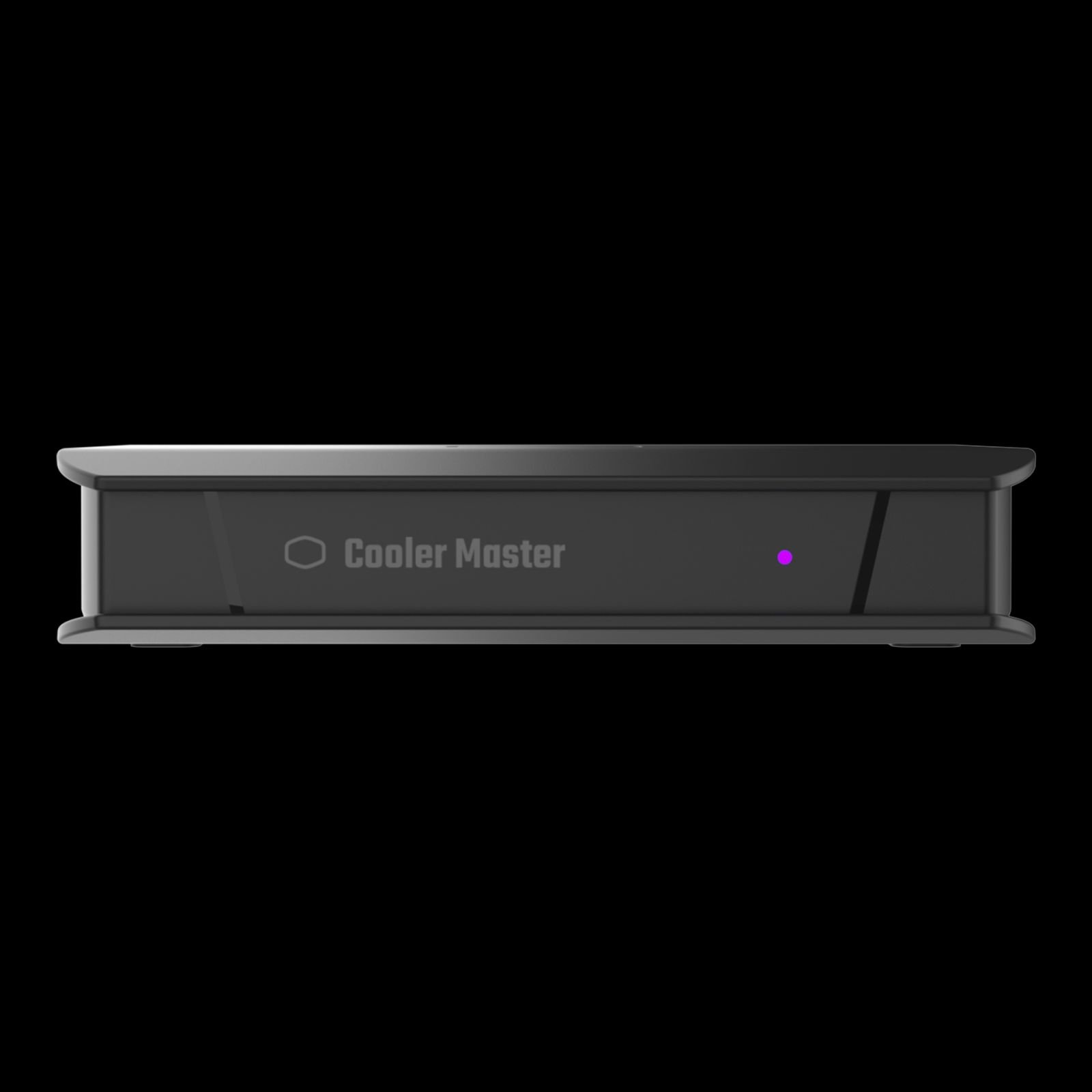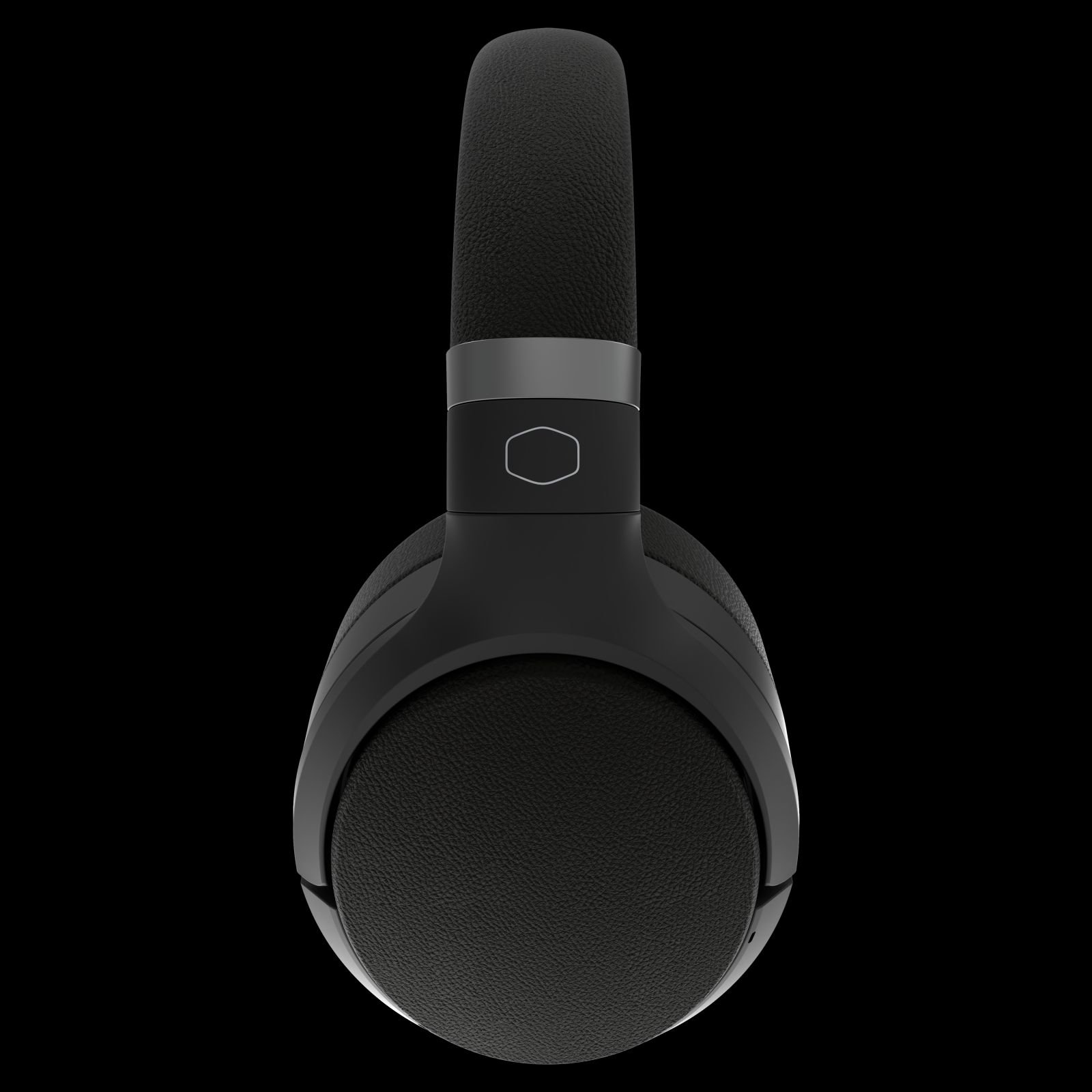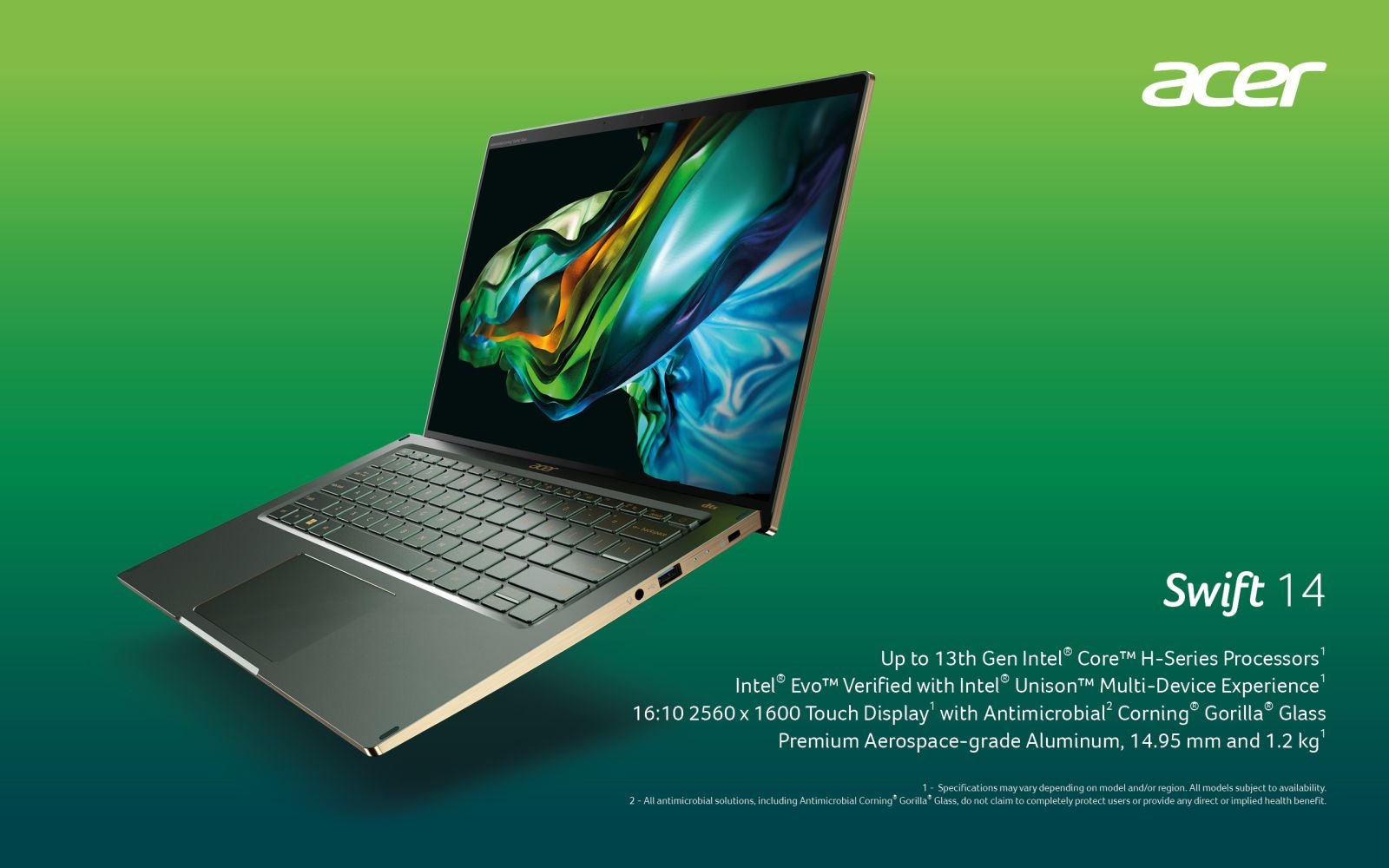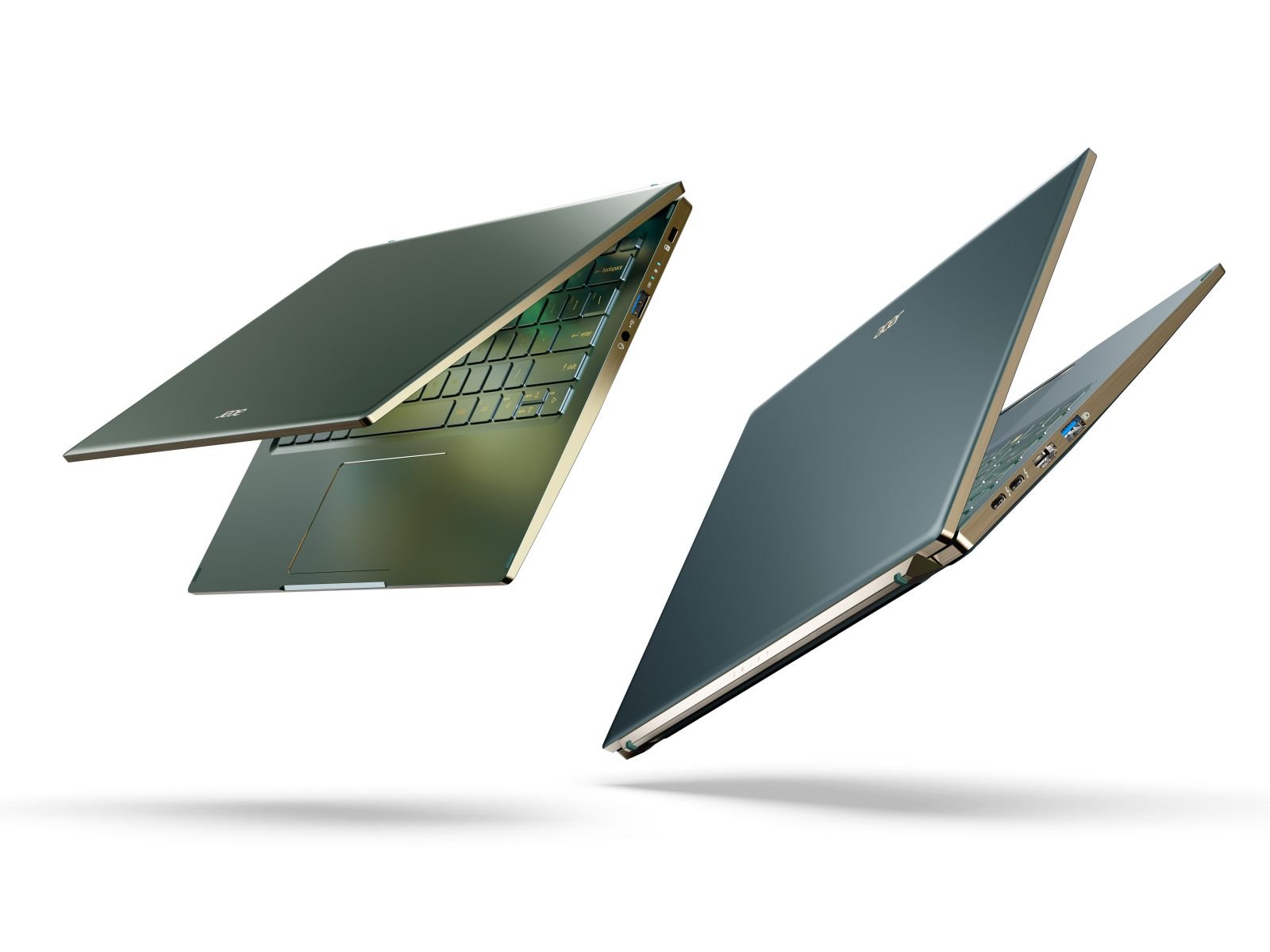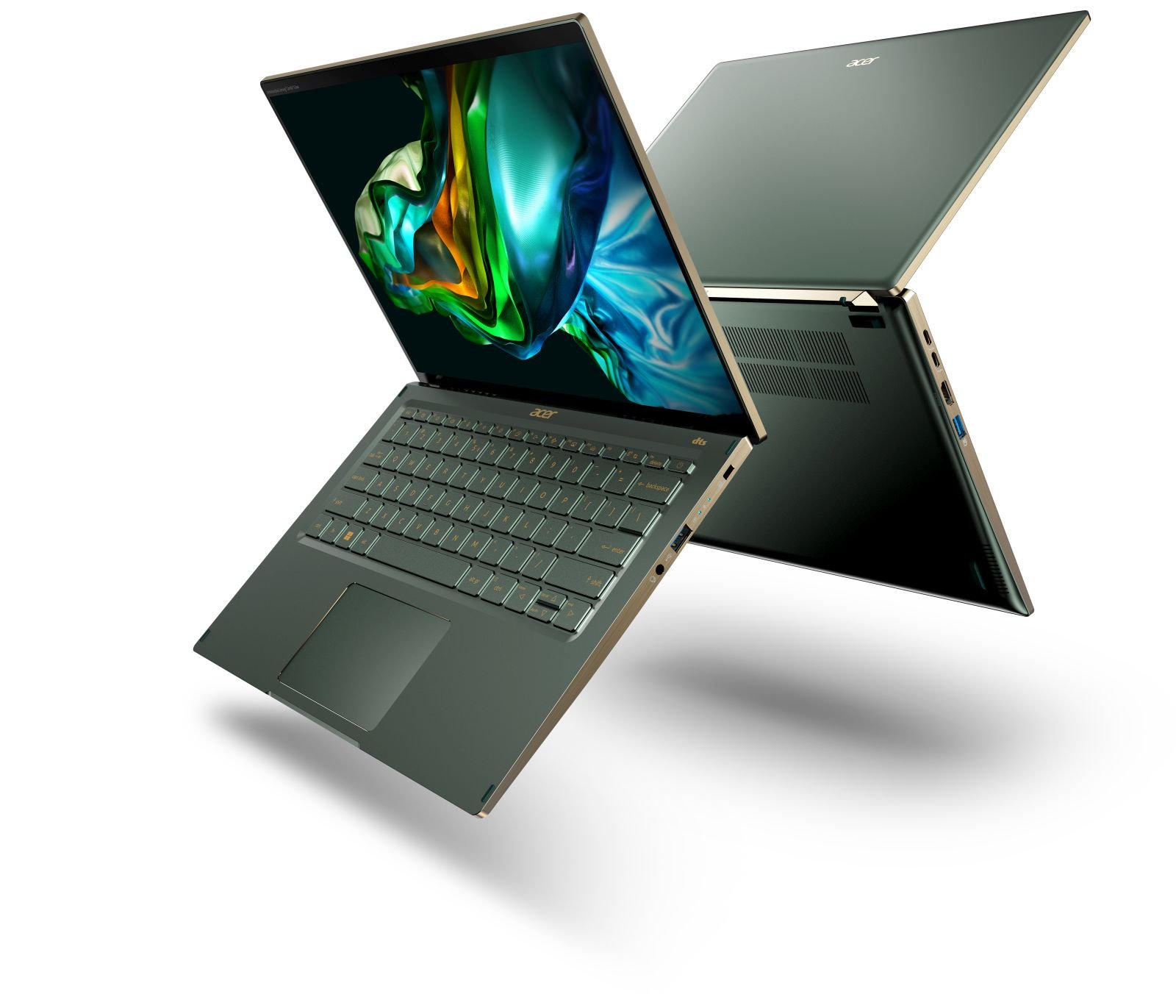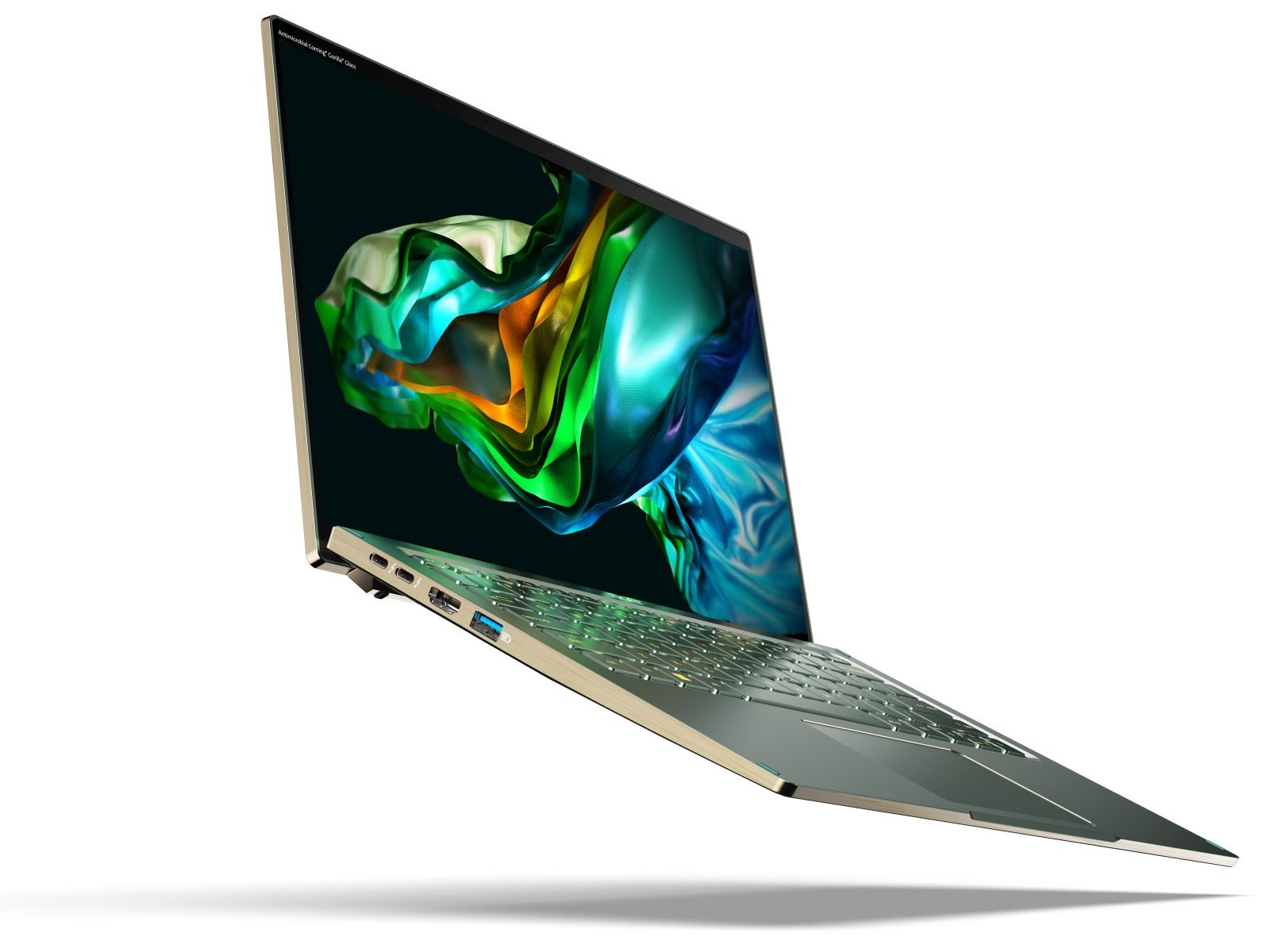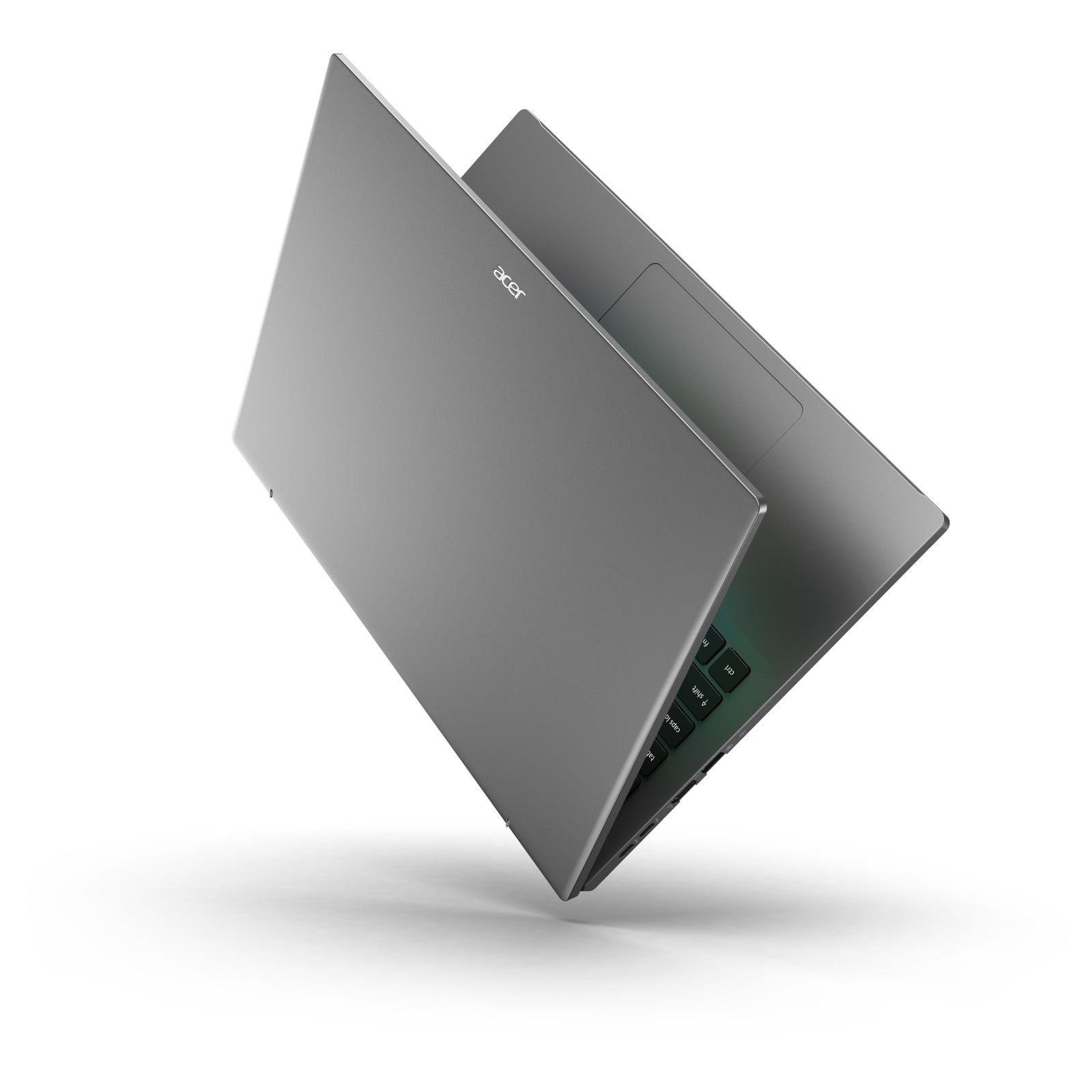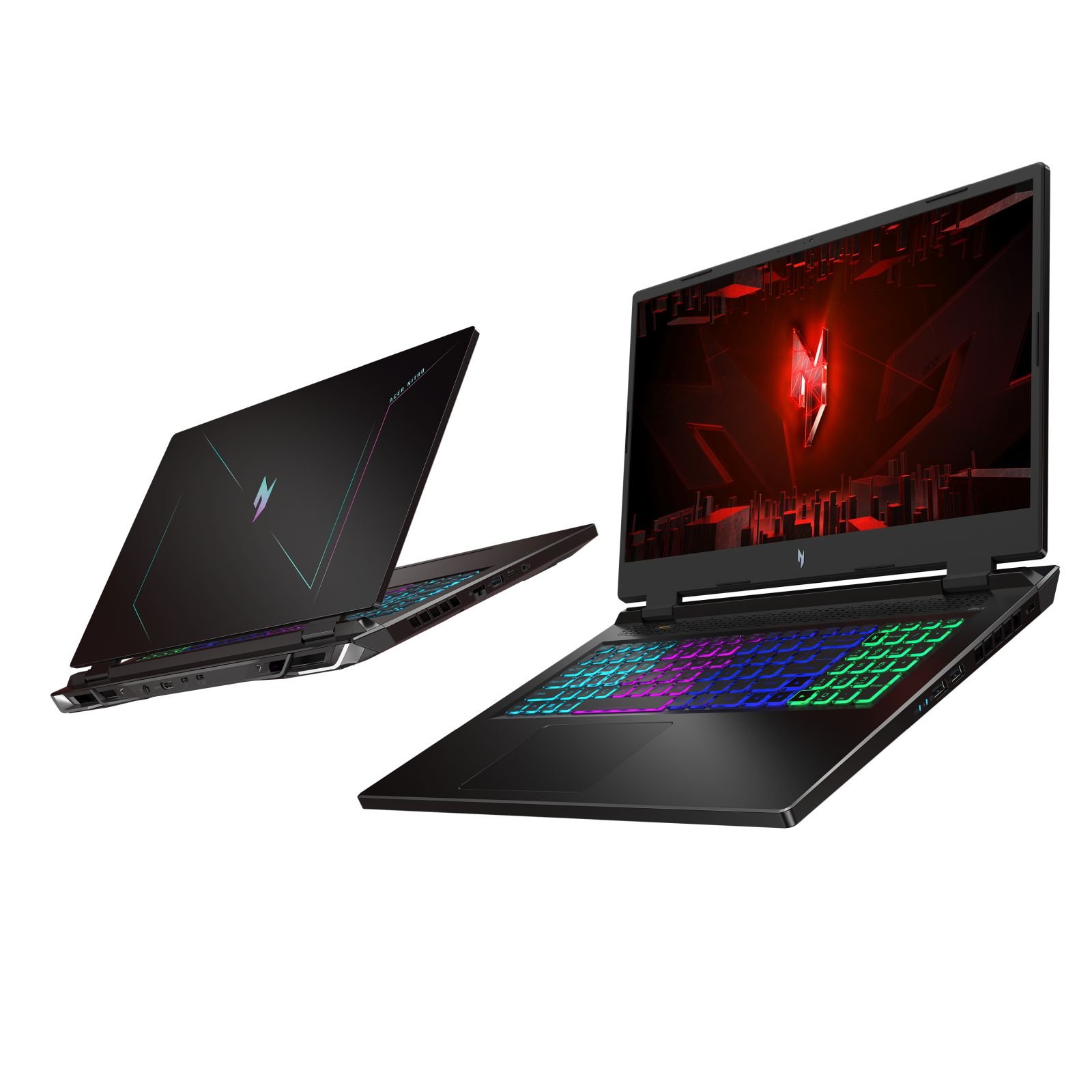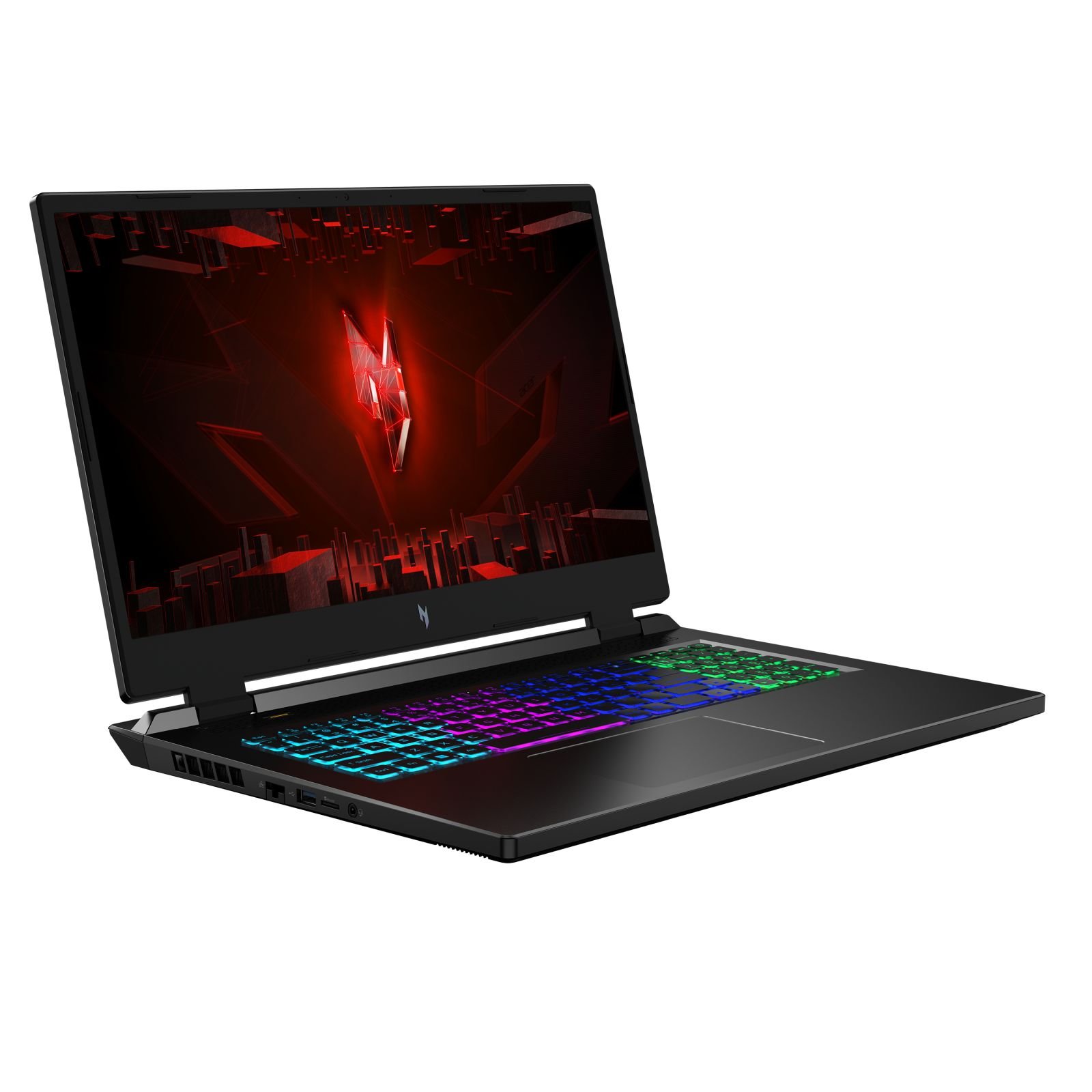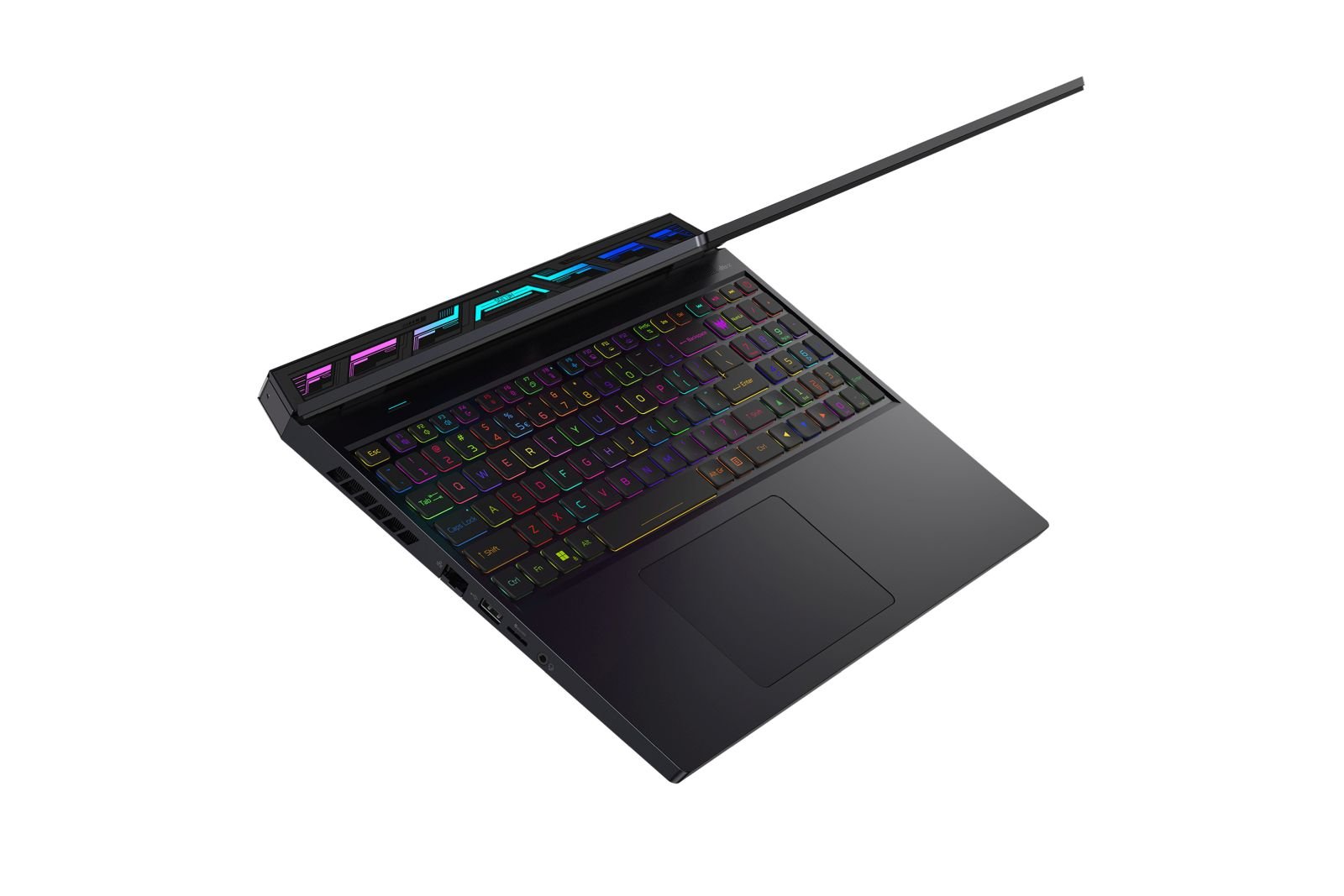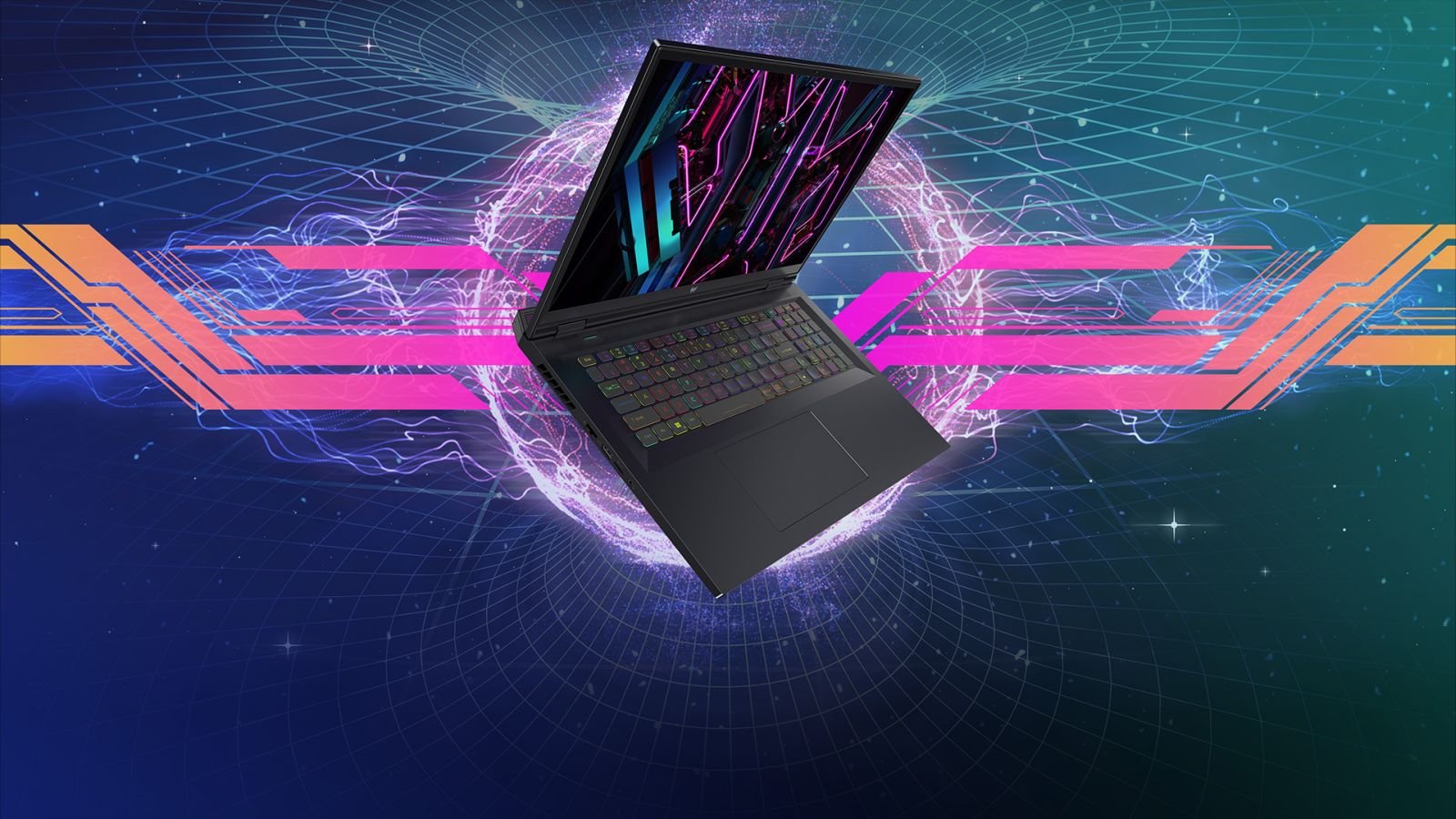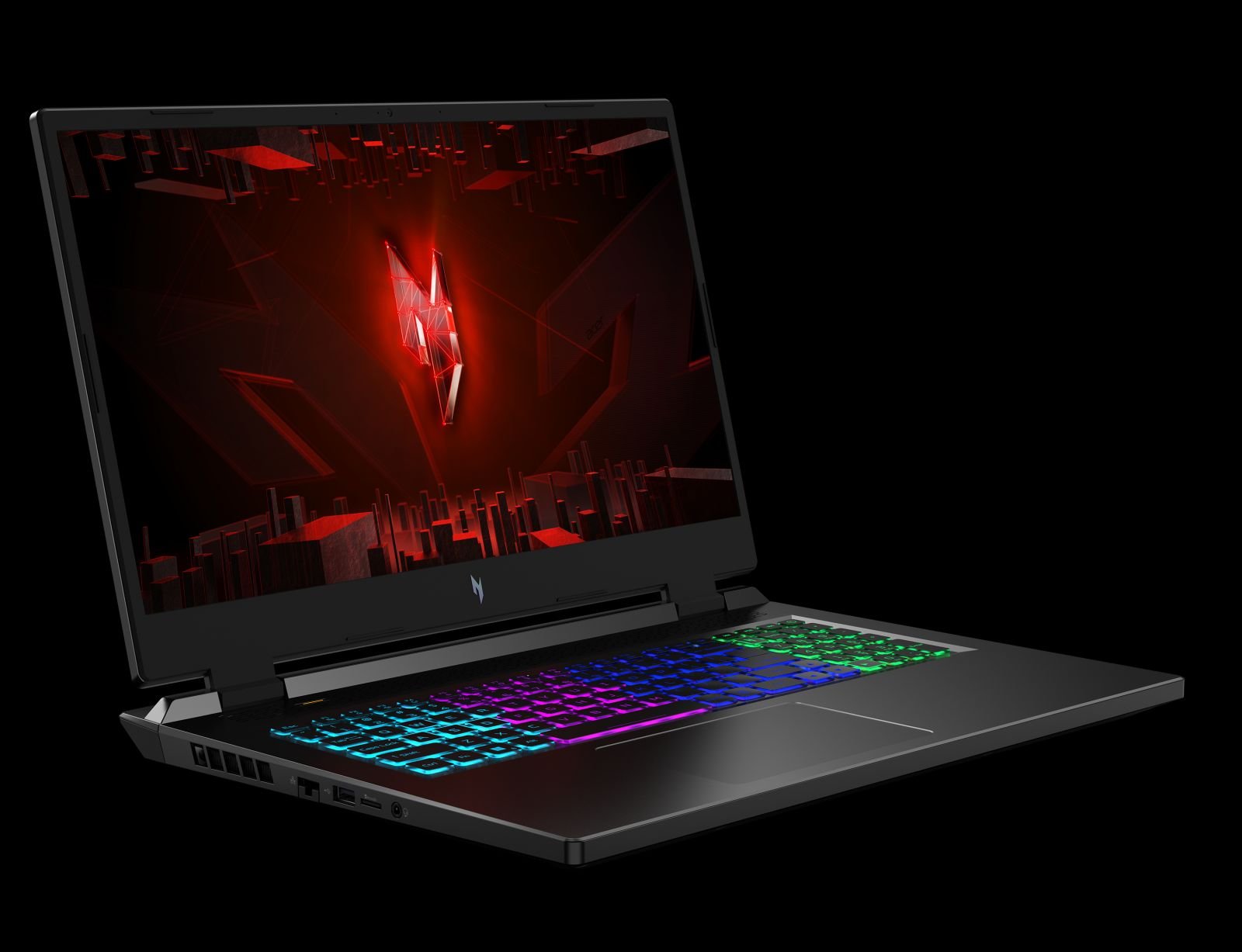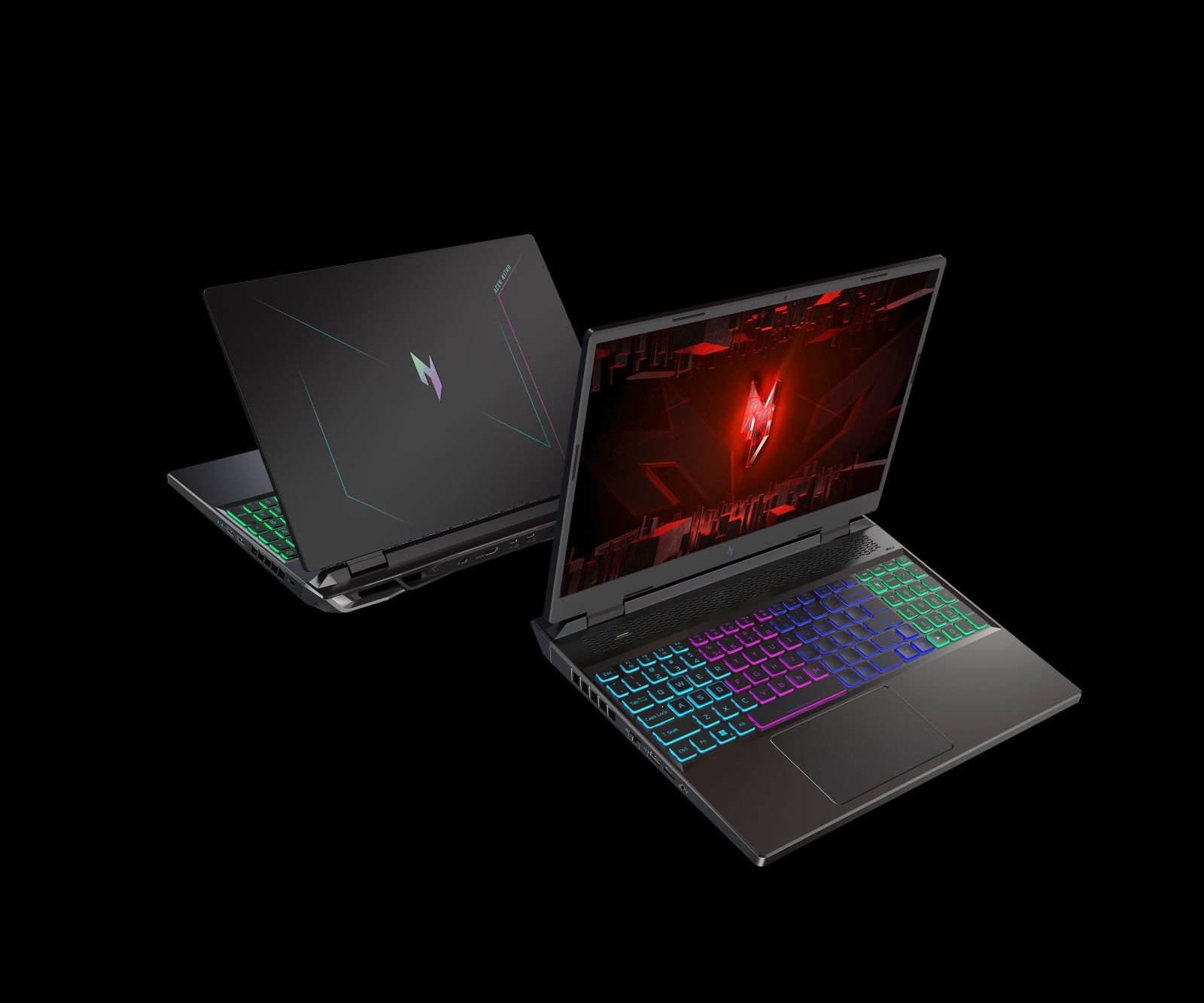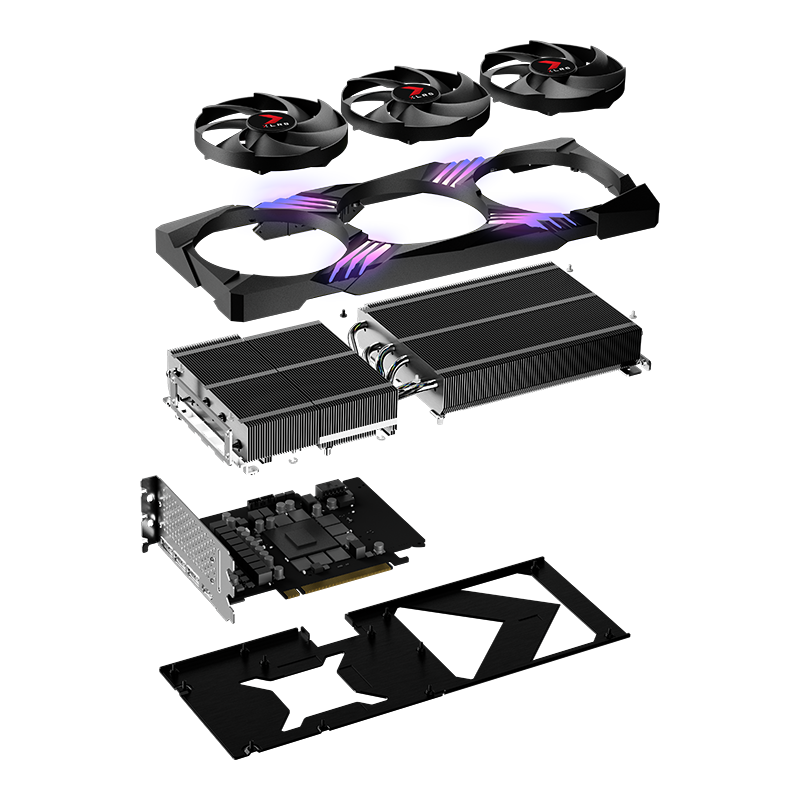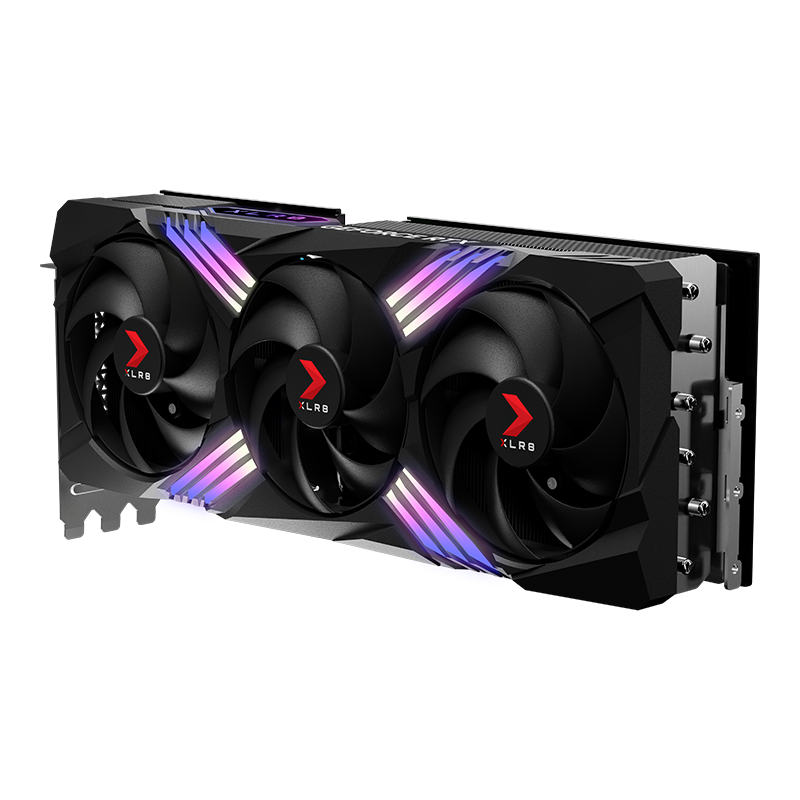Some of the Highlights from CES 2023
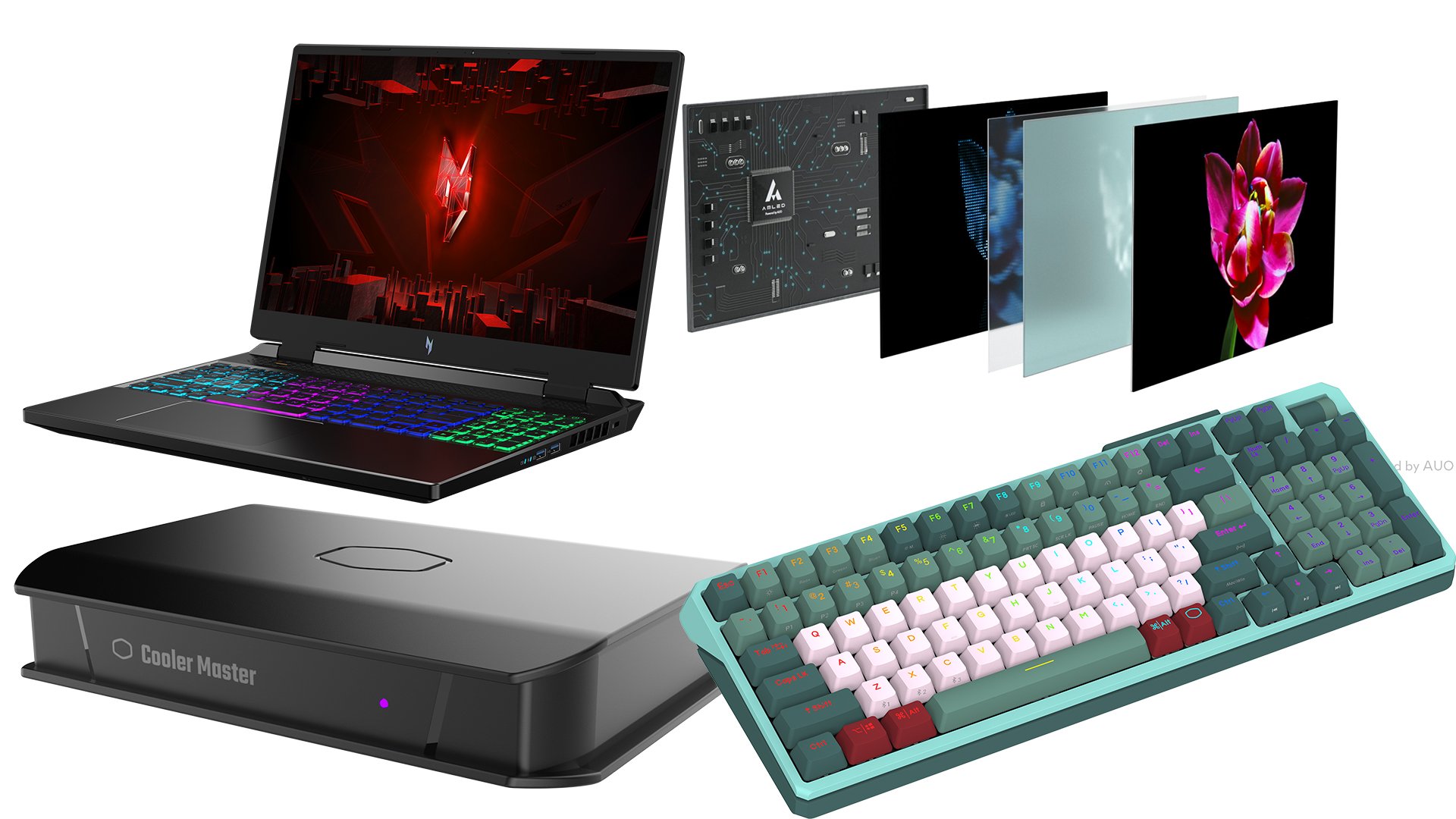
CES 2023 happened last week and a lot of cool tech things were shown off. I’ve gathered here a fair share of the highlights that I saw from the show, but let me know if I missed anything that you loved!
MSI
MSI announced their flagship gaming laptop, Titan GT77, will be the first laptop in the world with a 4K/144Hz Mini LED display. The display is powered by AUO’s AMLED Mini LED technology with a peak brightness over 1,000 nits (2.5x brighter than regular LCDs), 1,008 dimming zones for sharper images, and decent HDR performance. The Titan GT77 is certified as VESA DisplayHDR 1000 to guarantee an immersive HDR experience whether you’re gaming or streaming your favorite movies.
Cooler Master
Cooler Master announced a number of new peripherals for gamers and streamers. The MK770 is a hybrid wireless mechanical keyboard with Kalih Box V2 switches. There’s also the Stream Lux full-spectrum LED light, Stream Lucid USB-C mic with a built-in filter for reducing pops and static, and Stream Origins is a capture card capable of connecting to your PC or Mac via USB and capturing content up to 4K 60fps HDR! The CK721 mechanical keyboard, MM712 lightweight mouse, and MP511 XL mousepad are going pink with the Sakura Edition of each. If you need a new headset, there’s the SH711 wireless headset or the MH731 analog headset with detachable boom microphone and closed-back design. Finally, The MK721 mechanical keyboard, MM721 lightweight gaming mouse, and MP511 premium mousepad are being released in a new 30th anniversary colorway!
Acer
Acer has a few cool areas to talk about. First, the Swift line of laptops are now available as Swift, Swift Go, and Swift X.. The base model looks great and offers 13th generation Intel Core H-series CPUs and offers more than 9.5 hours of battery life. There will be a 2560x1600 screen and a 1920x1200 screen available, both of which being touchscreens. The built-in webcam is also rated at 1440p. For connections, you’ll find a fingerprint reader, 2 USB Type-C Thunderbolt 4 ports, and an HDMI 2.1 port. You’ll be able to grab one in North America in March with an MSRP of $1399.99.
The Go models are meant to be thinner and lighter, but there’s a 14” and a 16” model available. These laptops feature OLED displays with 500-nit peak brightness and either a 2880x1800 resolution with 90Hz refresh rate or 3200x2000 resolution with a 120Hz refresh rate depending on if you get the Go 14 or Go 16 respectively. They will be powered with the same CPUs as the base models. One added bonus here is a built-in MicroSD card reader. You’ll be able to get up to a 2TB PCIe Gen 4 SSD for storage and up to 16GB LPDDR5 memory. The Go 14 will be available in North America starting in May with an MSRP of $849.99 and the Go 16 will be available in North America in June with an MSRP of $799.99.
Finally, the Swift X 14 takes the core laptop, adds the MicroSD card reader, and then gets a huge graphics boost with up to an NVIDIA GeForce RTX 4050 Laptop GPU and NVIDIA Studio drivers. This is definitely meant for the creatives out there. I do want to note that the webcam is only 1080p, but the display is 2880x1800 resolution with 120Hz refresh rate. You can expect the Swift X 14 in North America this April with an MSRP starting at $1,099.99. I doubt that one will have the RTX 4050 though.
For their Nitro gaming laptops, Acer refreshed the Nitro 16 and Nitro 17 to now have 13th gen Intel Core CPUs and NVIDIA GeForce RTX 40 series GPUS. The Nitro line is designed more for casual gamers wanting a large display. The 16” model offers WUXGA and WQXGA displays with 165Hz refresh rate and NVIDIA Advanced Optimus! Meanwhile, the 17” model will be available with either a FHD display with a 144Hz or 165Hz refresh rate or a QHD display with 165Hz refresh rate. Both laptops can be configured with up to 32GB of DDR5 4800 MHz memory and up to a 2TB M.2 PCIe Gen 4 SSD. You can expect both to be available in North America starting in May with the 16” version starting at $1199.99 and the 17” model starting at $1249.99.
If the Nitro laptops seem a bit pedestrian, you can opt instead for the Predator Helios 16 or Predator Helios 18. Both sizes include the possibility of a 13th gen Intel Core i9 or i7 HX CPU paired with an NVIDIA RTX 4080 Laptop GPU (165W). The 16” model is available with a WQXGA display at either 165Hz or 240Hz refresh rates or a Mini LED panel with 250Hz refresh rate. The 18” version offers the aforementioned Mini LED display, WUXGA display at 165Hz, WQXGA display at 165Hz, or WQXGA display at 240Hz. These laptops will be available in North America in March and April for the 16” and 18” models respectively. The Predator Helios 16 will start at $1649.99 while the Predator Helios 18 starts at $1699.99.
If you just need a new gaming monitor, Acer showed off the new Predator X45 and X27U OLED displays. The X45 is an ultra-wide 45” 3440x1440 display with an 800R curve. It has a DisplayPort 1.4 and two HDMI 2.0 ports for connectivity and HDR10 with a peak brightness of 1000 nits. Meanwhile, the Predator X27U is a flat 27” 2560x1440 panel with HDR10 and a peak brightness of 1000 nits. Both monitors offer 240Hz refresh rates and 0.01 ms pixel response time as well as AMD FreeSync Premium technology for smooth gameplay. They both also offer a KVM switch for effortless switching between desktops and laptops without changing your keyboard and mouse. Both monitors are expected to hit North America in Q2 and the X27U will start at $1099 while the X45 starts at $1699.
If you are team AMD, Acer did announce that there will be models of the Swift Go 14, Nitro 16, and Nitro 17 featuring Ryzen 7000 CPUs. The Swift Go 14 with Ryzen will be available in North America in June with an MSRP starting at $849.99 while the Nitro laptops will be available in may starting at $1149.99 for the 16” model and $1199.99 for the 17” model.
PNY
PNY took some time at the start of everything to announce their new NVIDIA GeForce RTX 4070 Ti graphics cards. These start at $799.99 and are available from your favorite retailers. There are three configurations of the 4070 Ti: XLR8 Gaming EPIC-X RGB Overclocked, XLR8 Gaming EPIC-X RGB, and PNY VERTO. All three offer triple fans, 12GB GDDR6X (192-bit) at PCI Express 4.0, and connect via DisplayPort1.4a and HDMI 2.1 ports. The non-overclocked version also offers the VelocityX software and EPIC-X RGB, while the Overclocked version uses the VelocityX software for its overclocking. Before you ask, I’m pretty sure that the 4070 Ti is just a renamed 4080 12GB that NVIDIA had talked about a while ago. They all have 7680 CUDA Cores and a base speed of 2310 MHz. The OC version has a boost speed of 2670 MHz instead of the more standard 2610 MHz, what a difference!
When I'm not writing for GeekTyrant, I enjoy playing games of all kind, rocking with my guitar, and running my YouTube channel Poor Man Pedals for guitarists. For official inquiries, please email me: tommy.williams@geektyrant.com || @tyguitaxe

















